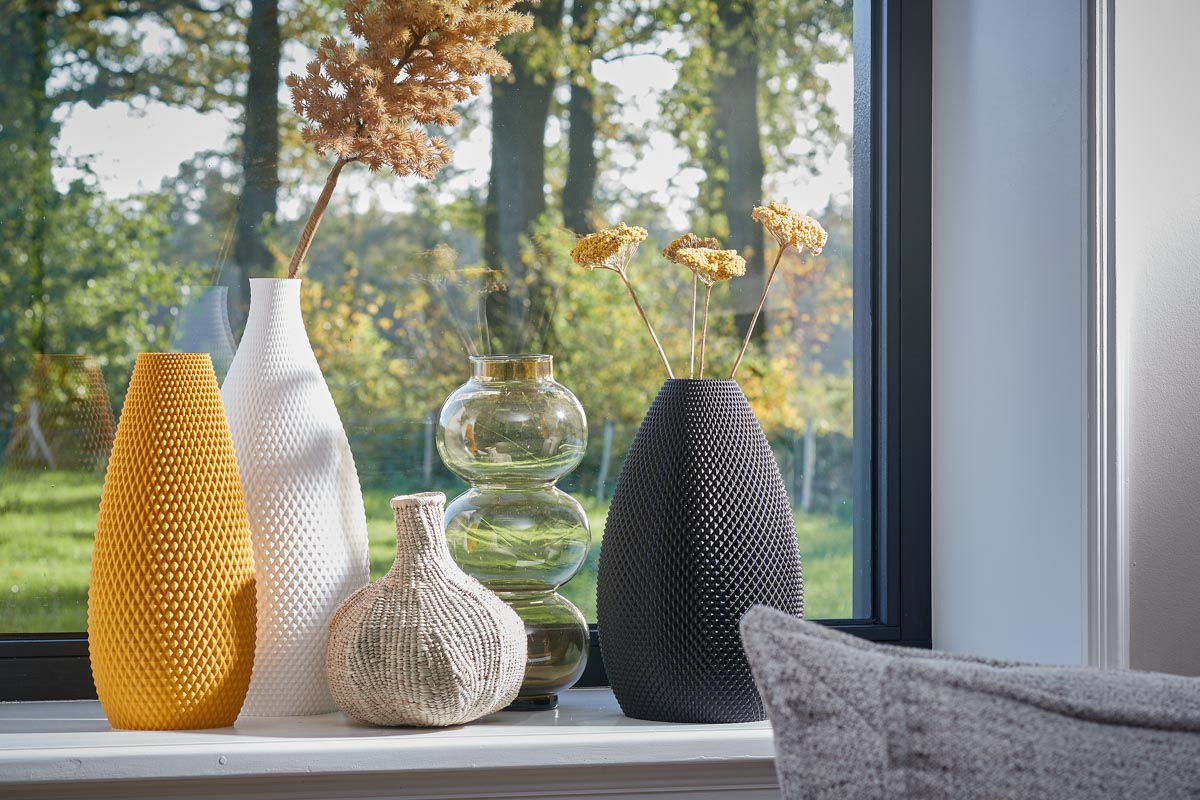How to arrange floor vases?
When you think of sprucing up your living space, floor vases can be an elegant addition with significant impact. But how can you arrange your vase to create a cohesive look?
How do you arrange beautiful floral vase centerpieces?
Floral vase centerpieces can make any room look better, but they look best when they match the style of the room. Learn how you arrange beautiful floral vase centerpieces that match your interior.
How long can dried flowers last?
Dried flowers are loved for their lasting beauty and minimal care requirements. When treated well, they can remain visually appealing for many years. However, how long dried flowers can last is influenced by various factors, we will cover in this blog.
What are the best flowers for tall vases?
Revamp your living space with the right flowers for your tall vases. Discover tips to choose the perfect blooms for any room. Turn empty corners into charming focal points!
What color vase should I choose for white flowers?
White flowers are a classic and elegant choice for any occasion. But what color vase should you choose to showcase them?
Bud vases: a stylish and versatile way to display flowers
Add a touch of elegance to your home with bud vases. These stylish and versatile vases are perfect for displaying a single flower or a small bouquet.
How tall should a table vase be?
Whether you're decorating for a special occasion or simply sprucing up your living space, selecting the right vase height can make all the difference.
How to decorate your home with pampas grass?
Pampas grass has taken the world of home decor. Be inspired on how to bring style, texture and warmth into your space with this fluffy ornamental grass.
Materials for UV-resistant 3D printing
Discover UV-resistant 3D printing materials for your next project that are designed to withstand harsh sunlight and radiation for long-lasting, durable creations.
Can a 3D printed vase hold water?
A common question is whether 3D-printed vases can hold water. In this blog, we'll dive deeper into the different factors that affect the waterproofness of 3D-printed vases.
How to keep a vase from tipping over?
You've got a vase on your floor or table, but it keeps falling over. How to prevent it?

